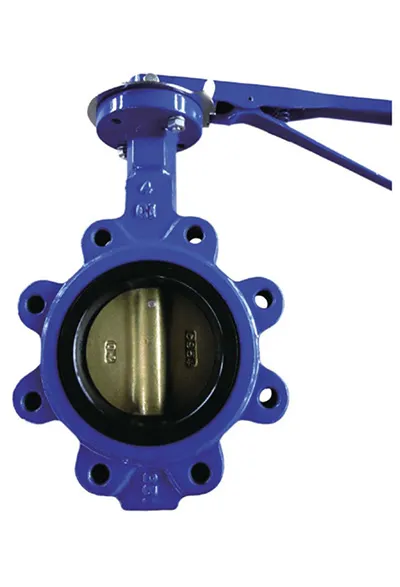10 月 . 16, 2024 02:15 Back to list
Effective Water Filtration with Y-Style Strainers for Optimal Performance and Maintenance
Y-Type Strainers for Water Essential Components in Fluid Management
In various industrial and municipal applications, efficient fluid management is crucial for ensuring operational integrity and performance. One of the indispensable components in this realm is the Y-type strainer, particularly designed for water systems. This article will explore what Y-type strainers are, their advantages, applications, and why they are essential for maintaining the longevity and functionality of water-related systems.
What is a Y-Type Strainer?
A Y-type strainer is a device used to filter out debris and particulates from water and other fluids, preventing them from entering pipelines and equipment. The name Y-type derives from its shape, resembling the letter Y, with the inlet and outlet positioned at two ends and the straining element located within the body of the strainer. The design allows for easy maintenance and cleaning, which is critical for ensuring continuous and efficient operation.
How Do Y-Type Strainers Work?
Y-type strainers function by directing the fluid flow through a filter element. The fluid enters the strainer from the inlet, passes through the straining element to remove contaminants, and exits through the outlet. Depending on the specific design, Y-type strainers can accommodate various filter mesh sizes to capture different types of debris, from large particles to fine sediments.
When contaminants accumulate on the straining element, the flow rate may reduce. Regular maintenance involves removing and cleaning the straining element to restore optimal flow and efficiency. Some designs also feature a blow-off valve, allowing for quick removal of trapped debris without fully disassembling the strainer.
Advantages of Y-Type Strainers
1. Space-Efficient Design The compact design of Y-type strainers makes them suitable for installations where space is limited. Unlike larger basket strainers, Y strainers fit seamlessly into existing systems without requiring extensive modifications.
2. Ease of Maintenance Y-type strainers offer straightforward access to the straining element, ensuring that maintenance tasks can be performed quickly and efficiently. This minimizes downtime and operational disruptions.
y strainers for water

4. Durability Made from materials like stainless steel, brass, or PVC, Y-type strainers are built to withstand harsh conditions and provide long-lasting service. Their robust construction ensures reliability in various environments, from industrial settings to residential applications.
5. Versatile Applications Y-type strainers can be employed in various applications across multiple industries. From water treatment plants to irrigation systems and HVAC units, they play a critical role in protecting pumps, valves, and other essential components from damage caused by debris.
Applications of Y-Type Strainers
Y-type strainers are widely used in numerous applications, including
- Water Supply Systems Municipal water supply and distribution systems benefit from Y-type strainers that protect pumps and valves from sediment and debris that could disrupt flow and efficiency.
- Irrigation Systems In agricultural settings, Y-type strainers are essential for preventing clogging in irrigation lines, ensuring a consistent water supply for crop growth.
- HVAC Systems Strainers help maintain clean water circulation in heating and cooling systems, preserving energy efficiency and prolonging the life of equipment.
- Industrial Processes Many industrial processes require clean water supply for cooling or washing purposes. Y-type strainers are vital in filtering water to meet specific quality standards.
Conclusion
In summary, Y-type strainers are essential components in ensuring clean and efficient water management across various applications. Their space efficiency, ease of maintenance, and durability make them a top choice for industries and municipalities alike. As water conservation and quality become increasingly important in today’s world, incorporating reliable filtration methods, such as Y-type strainers, will help safeguard vital water resources and extend the lifespan of various systems and infrastructure. Investing in high-quality Y-type strainers is not just a practical decision but a crucial step toward achieving sustainable fluid management.
Share
-
Understanding the Differences Between Wafer Type Butterfly Valve and Lugged Butterfly ValveNewsOct.25,2024
-
The Efficiency of Wafer Type Butterfly Valve and Lugged Butterfly ValveNewsOct.25,2024
-
The Ultimate Guide to Industrial Swing Check Valve: Performance, Installation, and MaintenanceNewsOct.25,2024
-
Superior Performance with Industrial Swing Check Valve: The Essential Valve for Any SystemNewsOct.25,2024
-
Industrial Swing Check Valve: The Ideal Solution for Flow ControlNewsOct.25,2024
-
You Need to Know About Industrial Swing Check Valve: Functionality, Scope, and PerformanceNewsOct.25,2024